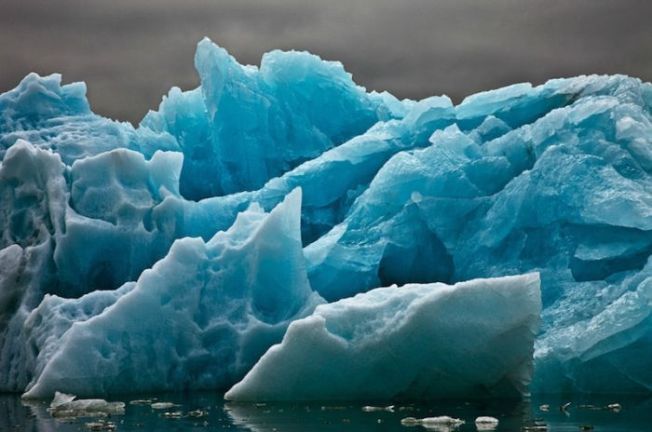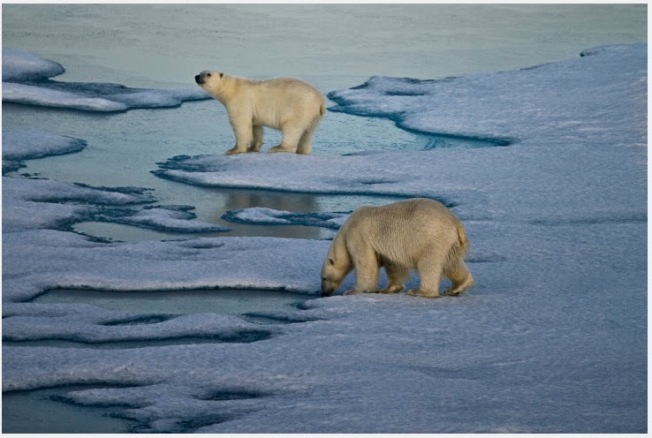Art is a personal act of courage,
something one human does
that creates change in another.- Seth Godin -
In the past couple of days there were two stories I came across that are completely unrelated, except for an invisible red thread that I saw connecting them. I recognized in both stories some common messages about the power of art. Both are also stories about courage and how art can save lives and transform challenge and hardship into beauty and creativity.
Let me introduce you first to Alice Herz Sommer, who just turned 110 years old in November and is the world's oldest pianist and holocaust survivor. In July 1943, Alice, her husband, and their six-year-old son Raphael were sent to Theresienstadt concentration camp. Theresienstadt was originally designated as a model community for middle-class Jews from Germany, Czechoslovakia, and Austria. Many educated Jews were inmates of Theresienstadt. In a propaganda effort designed to fool the Western allies, the Nazis publicized the camp for its rich cultural life. Alice played more than 100 concerts in the camp along with other musicians. Her young son Raphael remained in the camp with her, performing in a children's chorus at the camp. Unfortunately her husband, Leopold Sommer, was later sent to Auschwitz and although he survived the camp, he died at Dachau in 1944.
As a child in Prague, Alice spent weekends and holidays in the company of Uncle Franz (Franz Kafka) and other notable figures like Gustav Mahler, Sigmund Freud, and Rainer Maria Rilke who were friendly with her mother. When Alice moved to Israel after the war, Golda Meir attended her house concerts, as did Arthur Rubinstein, Leonard Bernstein, and Isaac Stern. Today Alice lives in London, where she still practices piano for hours every day. Alice has been victorious in her ability to live a life without bitterness and she credits music as the key to her survival, as well as her ability to acknowledge the humanity in each person. Here is a short featurette from a documentary made about Alice called The Lady In Number 6.
The next story is about Camille Seaman who is currently a 2013 TED Senior Fellow and a Stanford Knight Fellow. I was introduced to Camille by a wonderful syndicated interview by Richard Whittaker called Camille Seaman: We All Belong to Earth. Camille has many artistic talents, but she has become most well known as a photographer.
Let me share with you first Camille shares about being introduced to photography as a teenager in the interview:
So in high school they recognized that I was at risk of getting into trouble, ending up pregnant, on drugs or whatever. So they put me in this after school program and they gave me a Nikkormat film camera. They took away the manual and said I’d have to figure out how to use it. They taught me how to bulk load black and white film. They taught me how to develop using an enlarger and chemicals, all that. Then they said go out and photograph your experience. I didn’t realize it, but that probably saved my life because I was given something creative in my hands, so I could express whatever anger, frustration or emotions I was feeling as this teenager. So I did. I photographed everything; all my friends, all of our adventures. I realized having that camera in my hands gave me excuses to be somewhere in a positive way.
Later on in the interview Camille shares about her experience with facing fear while she learns to surf. Let me share an excerpt with you.
I was like, okay. I started to try to paddle out and my balance was terrible. It felt really awkward. The water was so dark, cold and murky. This was at Bolinas and the Farallons were 29 miles away. And there were all of these great white sharks out there, which meant they could possibly be here. That was all I could think about and I freaked out. I turned to him and was like, “Oliver, I’m scared.” He turned and looked at me and then he paddled away. And I was so mad. I was so angry. I was like, “Oh my god! He was my friend since we were like 16 years old and he just abandoned me.”
I tried for a while and then it was like, forget this. I got out of the water and just waited for him. I was like you’ve got to get out sometime. And when he came out and I asked, “How could you? I told you I was afraid and you just left me.” And he said something that really resonated. It was really a great truth. He said, “No one can teach you to manage your fears, but you.” And he was right.
From that day on, I would go out and I would sit on the board. I got a little better at paddling. I got a little better with the balance. And I still sometimes would freak out. Then I would be like, okay, what’s the worst that could happen? Well, a shark could bite you and kill you. Well, is that happening now? No. Okay. You know, you kind of just work through it. What’s the worst that can happen? Well, I can drown. Is that happening now? No. So I surfed for over a year every day. And then I was hooked.
Camille's courage, love of adventure and travel and a free plane ticket later lead her to fly to the Arctic Circle. There is a point where she is fives mile away from the nearest town and all she can see in all directions is just white and she has an epiphany.
On this extreme part of our planet I was realizing that I was a creature of this planet, that I was literally made of the material of this planet—that we all are. And in those moments, I realized the absurdity of tribe, of border, of culture, of language—because at the bottom of it all, we are all made of this material. We are all earthlings. There is no separation. There is no distinction. None of us were born in outer space. We will all return to the material of this earth.
What was so clear was that I was standing on my rock in space. I understood the immensity, and also the minuscule nature of that. I understood that I meant nothing in the scale of time and space and history of this planet. That it would blow over my cold dead bones without a thought. But the fact that I could stand there on the ice and actually ponder such things was a miracle. That was a self-realization at its finest. It made me realize what my grandfather was trying to show me.
I started to think about that; if my sweat becomes the rain, whose sweat is this ice? How many ancestors ago, what creatures created this? They’re all my relations, all my relatives. And in that, I understood the integral nature of this planet—that we truly are a web of life.
Here are two of her amazing photos.
Here is a TED talk given by Camille about her iceberg photography experiences.
The experiences of these two women inspired me. What are your thoughts?
Creativity and art (music and photography) play significant roles in Alice and Camille's lives. What forms of creativity and art play a role in your life?
This post began with a quote by Seth Godin that reads: Art is a personal act of courage, something one human does that creates change in another. Do you agree with this quote? Have you ever felt changed by an experience with art?





No comments:
Post a Comment